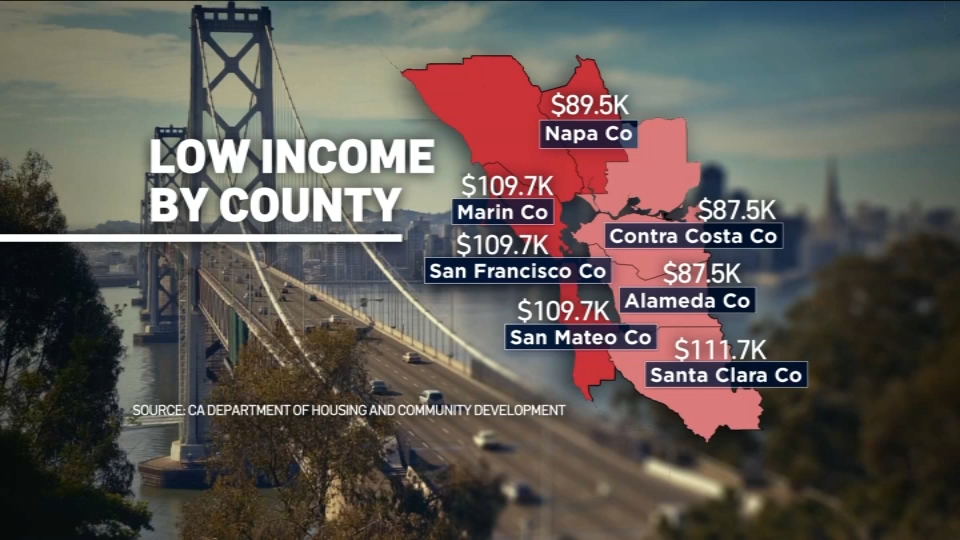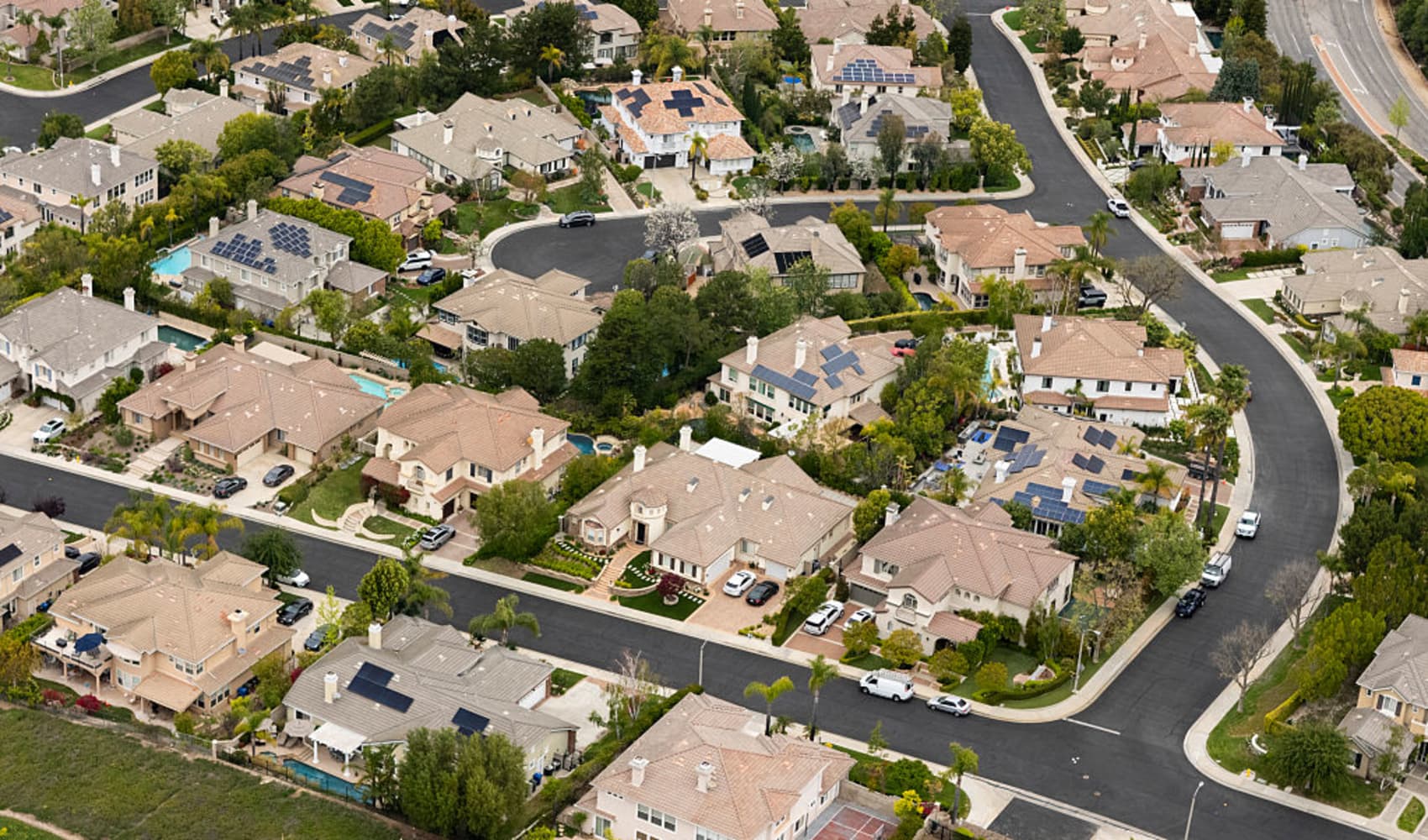Million-Dollar Starter Homes: Housing Crisis Explained
Million-Dollar Starter Homes? Housing Market Shock Hits 200+ Cities!
The American Dream... or a Million-Dollar Dream?
Remember when a "starter home" was, well, something you could actually start with? A cozy little place to build memories before upgrading? Well, brace yourself. A new Zillow analysis reveals a shocking truth: starter homes now cost $1 million or more in a staggering 233 U.S. cities. That's nearly triple the number from just five years ago. Is this the American dream... or a million-dollar dream that's becoming increasingly out of reach?
Zillow's Alarming Revelation: A Market Gone Wild
Zillow's data paints a stark picture of a housing market that's become increasingly inaccessible, especially for first-time buyers. But before you panic and consider living in a van down by the river (no offense to van-lifers!), let's unpack what this actually means.
Defining the "Starter Home" in Today's Market
Zillow defines "cities" as distinct housing markets, encompassing everything from large suburbs to small towns within major metro areas. And "starter homes"? These aren't luxury mansions. They're defined as properties in the bottom third of home values within a given market. That means they're the least expensive homes available in each city. Yes, the least expensive homes can now cost a cool million in many places. Crazy, right?
Where Are These Million-Dollar "Starter" Cities?
It probably won't surprise you to learn that these million-dollar starter homes are concentrated in states with large urban hubs where land is scarce and housing inventory is limited. Think coastal areas with high demand and even higher price tags. But the trend is spreading...
Beyond the Usual Suspects: The Spread to New Territories
Since 2020, the million-dollar starter home phenomenon has crept into states you might not expect. Michigan, Missouri, Kansas, and Wyoming have each added cities to this exclusive (and expensive) club. It's a sign that the housing affordability crisis is no longer confined to the coasts. Are these locations attractive to buyers because they are looking for a lower cost of living or do they see a place where they can grow their wealth and buy an investment property?
The Inventory Crunch: Fueling the Fire
Why is this happening?
One of the biggest culprits is the severe lack of housing inventory. When demand far outstrips supply, prices inevitably rise. It's basic economics. But the problem is more complex than just supply and demand. Building regulations, zoning laws, and labor shortages all contribute to the housing shortage. Will we ever catch up?
Inflation: The Silent Price Booster
The Hidden Impact
Let's not forget inflation. The rising cost of everything from building materials to groceries has pushed up home prices. Even if a home's inherent value hasn't changed dramatically, the cost to buy, maintain, and live in it has increased significantly. And those costs are passed on to the buyer. Should the Feds lower interest rates or consider an entirely different economic policy?
Low Interest Rates: A Double-Edged Sword
Stimulus or Problem?
For years, historically low interest rates fueled the housing market boom. While they made mortgages more affordable on a monthly basis, they also increased demand and drove up prices. Now, with rates rising, the affordability equation is even more challenging. Do you remember the housing crisis of 2008? Do you think this will happen again?
The Millennial Effect: A Generation Seeking Homeownership
The Largest Generation
Millennials, the largest generation in history, are now entering their prime home-buying years. This surge in demand has put additional pressure on the already strained housing market. With more people competing for a limited number of homes, prices are bound to go up. When will the next generation get their chance to make a bid on the market?
Remote Work: Shifting Demographics and Price Pressures
Location, Location, Relocation
The rise of remote work has allowed many people to relocate from expensive cities to more affordable areas. This influx of new residents has driven up prices in these previously undervalued markets, contributing to the spread of million-dollar starter homes. Will businesses start requiring in-office work again or continue the trend of remote work?
The Investor Effect: More Competition, Higher Prices
Corporations and Individuals Investing
Institutional investors and individual buyers are also playing a significant role in the housing market. They often buy up properties with cash, outcompeting first-time homebuyers who rely on mortgages. This increased competition further drives up prices and makes it harder for ordinary people to achieve homeownership. Will regulation ever stop this practice?
The Psychological Toll: The Crushing Weight of Affordability
A Generation Left Behind
Beyond the financial implications, the unaffordability of housing takes a significant psychological toll. It can lead to stress, anxiety, and a feeling of hopelessness for those who dream of owning a home. It can also delay major life decisions, such as starting a family. What is the best way to combat this stress from the unaffordability of homes?
Finding Solutions: What Can Be Done?
Building Up or Building Out?
There's no easy fix, but a multi-pronged approach is needed. Increasing housing supply through new construction, reforming zoning laws to allow for denser development, and exploring alternative housing models like co-living or tiny homes could help alleviate the pressure. What is your solution?
Government Intervention: Policy and Regulation
What the Government Can Do
Government policies can also play a crucial role in addressing the housing affordability crisis. Incentivizing affordable housing development, providing down payment assistance to first-time buyers, and regulating short-term rentals could help level the playing field. What will our politicians do?
Personal Strategies: Navigating the Market
Tips for the Homebuyer
While systemic changes are necessary, individuals can also take steps to improve their chances of finding an affordable home. Saving aggressively for a down payment, exploring alternative financing options, and being flexible about location and property type can help navigate the challenging market. Do you have any personal strategies for helping people afford a home?
Conclusion: A Call for Action
The fact that starter homes now cost $1 million or more in over 200 U.S. cities is a stark reminder of the housing affordability crisis. The combination of limited inventory, inflation, low interest rates, demographic shifts, and investor activity has created a perfect storm that has pushed homeownership out of reach for many Americans. Addressing this challenge requires a multi-faceted approach involving increased housing supply, government intervention, and personal strategies. It's time for action to ensure that the American dream of homeownership remains attainable for future generations. We must push for change.
Frequently Asked Questions
- What exactly does "starter home" mean in this context?
Zillow defines it as the least expensive homes available in a particular housing market, falling within the bottom third of home values for that area. Even these "entry-level" homes are now reaching million-dollar price tags in many cities.
- Why are starter homes so expensive now?
Several factors are contributing, including a severe shortage of housing inventory, rising inflation, historically low interest rates (which increased demand), the influx of millennial homebuyers, the rise of remote work shifting demographics, and increased activity from real estate investors.
- Are there any states where starter homes are still relatively affordable?
While the situation is challenging nationwide, some Midwestern and Southern states may still offer more affordable options compared to coastal areas. It's essential to research individual cities and towns, as affordability can vary greatly within a state.
- What can I do as a first-time homebuyer to compete in this market?
Focus on improving your credit score and saving for a larger down payment, consider pre-approval for a mortgage, be flexible about location and property type, explore government assistance programs for first-time buyers, and work with a knowledgeable real estate agent who can help you navigate the market.
- Will housing prices ever go down?
Predicting the future of the housing market is always difficult. While some experts believe prices may stabilize or even slightly decline in certain areas, a significant and widespread drop is unlikely in the near future due to the persistent housing shortage and continued demand.



